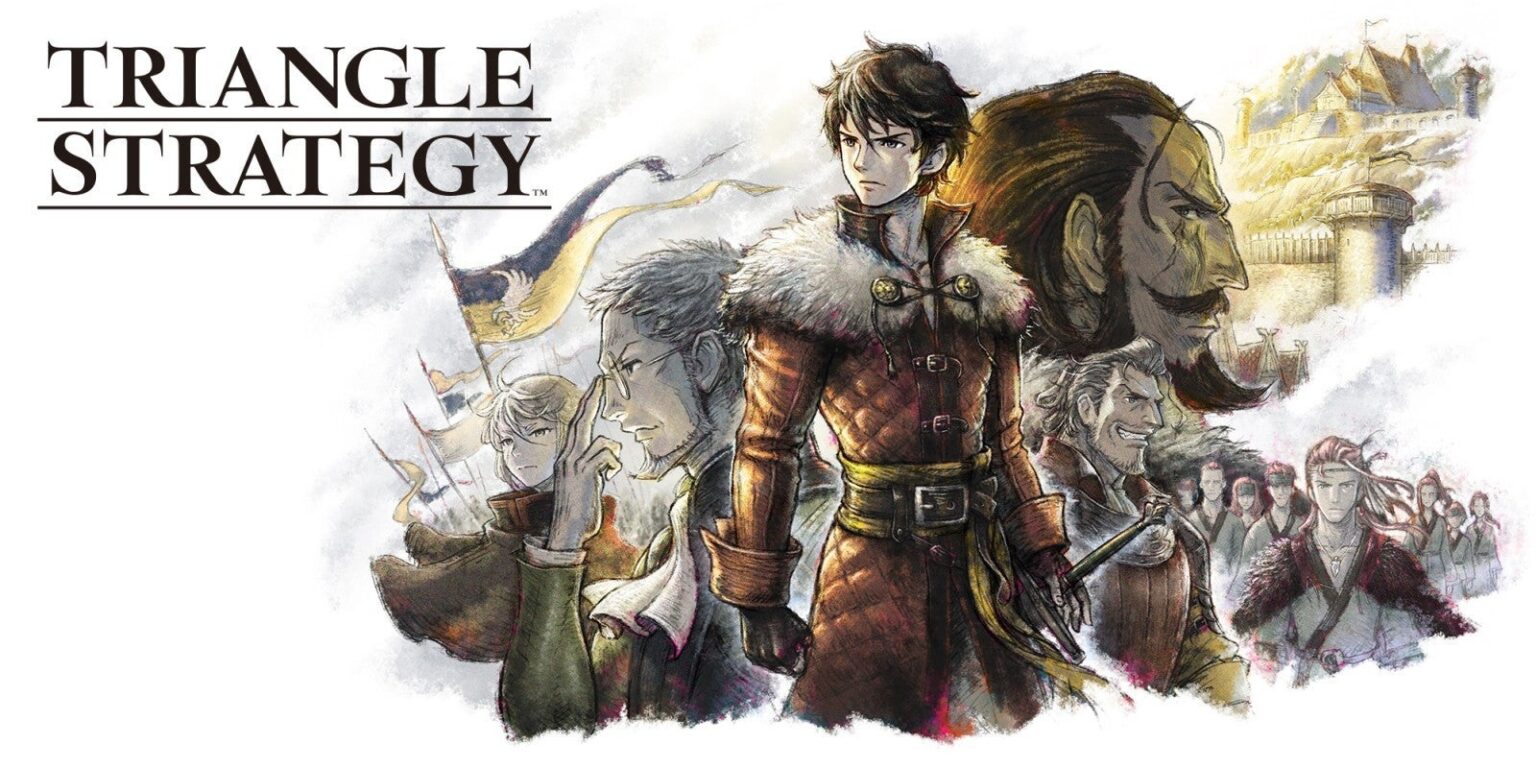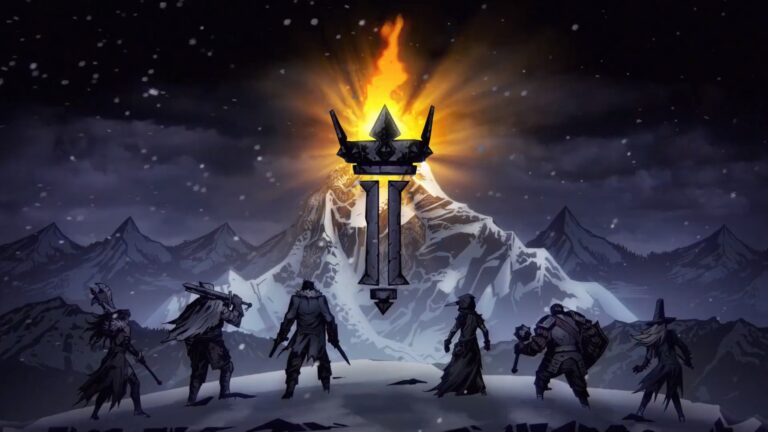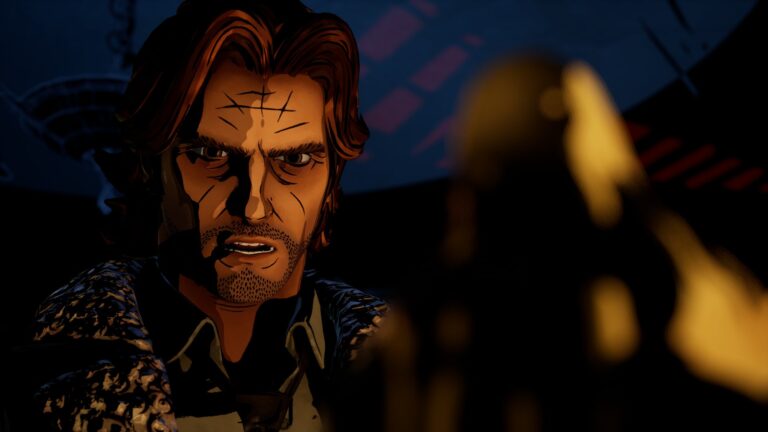Morality, Utility, and Liberty: the three cornerstones that will guide sojourners through Norzelia and what Nintendo and Square Enix embraced with the release of Triangle Strategy’s Prologue Demo. Coming out nearly a year after the debut of the original demo, the next installment in the 2D-HD series (albeit in demo form) is packed with the same goodies that made its first iteration so good and memorable and then some.
With three meaty chapters for players to sink their teeth into, Triangle Strategy’s Prologue Demo sets the stage for what players can come to expect when guiding its characters through the perilous journey that awaits.
Laying the Foundation
Unlike the previous demo, which threw players smack-dab into the middle of the story, the Prologue Demo (like the name implies) takes players to the start of Triangle Strategy’s story, letting the premise and lore flow naturally instead of being info dumped for the sake of brevity. It does wonders for worldbuilding and pacing.
Much of the background information and story remain the same (as covered in our first preview) but thanks to how we can see the story unfold from the very beginning, players have front row seats to the political intrigue, conflicting interests, and medieval drama plaguing the continent of Norzelia and its three superpowers, and experience them all first hand instead of going through lengthy expository tirades. I enjoyed what the first demo managed to accomplish storywise. This demo only solidified those convictions.
Without delving too deep into spoiler territory (which everyone should experience for themselves), Norzelia, the continent on which the Dukedom of Aesfrost, Kingdom of Glenbrook, and Holy State of Hyzante reside, is on the precipice of either great prosperity or great tragedy. Following the Saltiron War, a war for essential resources that each superpower needs in abundance (salt, iron, waterways), each country strives towards newfound, if shaky, peace with the other in a joint mining venture, with all three parties contributing in meaningful ways.
Thanks to the demo’s starting point, players are now privy to details and worldbuilding that were not explicitly drawn out previously, especially regarding the structure, governance, and hierarchy of each of the three nations. Glenbrook is your stereotypical medieval kingdom. The Aesfrost Dukedom is a ruthless meritocracy, exalting those who are tenacious and ambitious enough to claw their way to greatness. The Holy State of Hyzante is a theocracy, where everyone’s station is dictated by a goddess and her hierophant, whilst preaching equality for all believers.
Amidst this political climate, players take the reins of young lord Serenoa Wolffort, heir apparent of the mighty House Wolffort, loyal bannermen to the Kingdom of Glenbrook. Though upright and righteous, Serenoa’s beliefs and convictions are for the players to mold as they see fit, illustrated by the dialogue trees and decisions players make throughout the game. It is through him and House Wolffort’s signature tradition where Triangle Strategy’s unique facet shines through.
The Scales of Conviction – Triangle Strategy’s Premier Strength
As the young lord of an affluent house, Serenoa will come across instances where important executive decisions must be made. However, unlike his dialogue options, these choices cannot be made by Serenoa alone. Instead, he and his most loyal followers hold a vote upon the Scales of Conviction before proceeding with any decision-making.
It is with this mechanic where Triangle Strategy’s story can diverge based on player agency, with both choices offering unique scenarios and events to play out, encouraging replayability and exploration. From these divergent pathways, players become privy to important information and befriend new allies unique to the route they chose.
But perhaps the more interesting aspect of the Scales of Conviction is not the choice-making but the influence. Serenoa’s party members will each have their own thoughts and beliefs, aligning with the aforementioned three guiding principles (morality, utility, liberty). It is up to the player to pick the right choices and say the right things before a vote is held if they wish to sway the scales towards a direction of their choosing.
What makes this mechanic extra special is that players are rewarded for exploring and talking to NPCs during each chapter’s exploration phase. Some characters have locked dialogue options that can only be unlocked if Serenoa possesses a piece of information pertinent to that character’s beliefs. Whilst doing so, the player’s (and Serenoa’s) understanding and knowledge of the growing world around them expands.
It is a unique way to tackle decision-making in an RPG and a rather realistic depiction of how a party of characters might behave when confronted with a choice, while also being a fantastic method to flesh out characters and give them a distinct voice. Depending on the character and their convictions, sometimes it’s impossible to convince them of their stance on a matter, further bolstering character development and consistency. I cannot wait to see more of this mechanic when the full game releases as it was the most engaging along with the tactical combat.
What has Remained the Same (for better or worse)
The tactical, strategic side of Triangle Strategy has remained mostly unchanged since the first demo. However, the new demo gives players the added benefit of training maps at the cost of low-capped unit levels, giving everyone a place to formulate and hone battle tactics and grind for EXP and monetary resources. Getting backstabs and follow-up attacks with fellow units has never felt so good.
Through these tactical excursions, I also observed how important terrain was during combat. Unlike most SRPGs, where units can engage enemies regardless of what terrain either was standing on (though this element can be illustrated through other parameters such as hit-rate and evasion), Triangle Strategy has steps, outcroppings, and pillars that play a direct role (or obstacle) in combat. Non-magical units cannot perform certain attacks if these aforementioned parts of a map collide with the arc of their attack, making proper positioning vital if players want the most optimal results.
An attribute of combat that I do not know if it is a reflection of me as a tactician or of the game’s pace is how much it encourages aggressive play. In SRPGs, I tend to turtle my units, looking for optimal defensive positions and forcing enemies to funnel their way into a well-planned (and fortified) demise. However, Triangle Strategy forced me to reconsider that tactic entirely with how versatile the enemies were, each possessing multiple ways to attack and harass my units. Staying huddled and idle only proved to be a deathtrap. If I wanted to come out on top, I had to constantly be vigilant and on the move for backstab criticals, follow-ups, and follow-up denials.
What makes the tactical proceedings of the game a bit convoluted and messy is the battleground forecast. When selecting a unit, players can see what spaces are safe or dangerous and which enemies would be able to target them from where. Though straightforward on paper, when enemies are bunched up together, it makes for a red-stringed haze that can be a bit of a pain to sift through. Also, it doesn’t fully illustrate the movement capabilities of the enemy, limiting how players can approach or assess the battlefield. Is it game-breaking? No. Is it annoying? Kind of.
However, the biggest offender in the game is the voice acting, which has not changed since the first demo. Direction is all over the place with characters sounding decent and serviceable in one line to becoming listless or detached the next, all while still being in the same scene. In my previous demo preview, I went on about how the story would pull me in only for the voice acting to throw me out in the same breath. It’s not the “campy” kind of “so bad that it’s good” sort. It’s of the mediocrity variety, a huge misstep given how much attention and care went into the game’s presentation.
It’s a shame, given how much I adore the premise and story Triangle Strategy has hooked me in with. I may have to switch to the Japanese language too, at least, remain immersed in the story.
Despite my gripes though, if this demo is any indication of the final product, consider me a fan. I am very much looking forward to having my convictions tested when Triangle Strategy releases on March 4, 2022.
Stay tuned at Gaming Instincts via Twitter, YouTube, Instagram, and Facebook for more gaming news.
No related posts.






